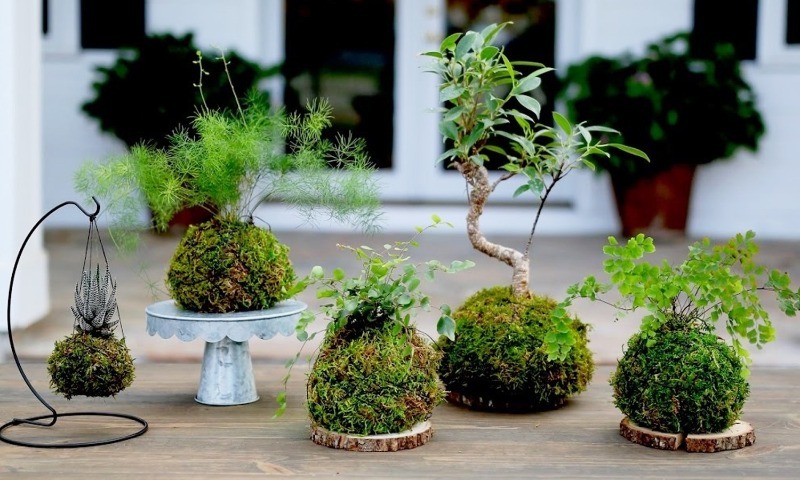Sphagnum is a type of marsh moss (peat moss), belongs to the sphagnum family - Sphagnaceae. Possesses unusual properties. This amazing sphagnum moss perfectly tolerates the unfavorable conditions of bogs. Where he grows, every gardener knows. And it can also grow on tree trunks, stones, metal and even glass.
Sphagnum is a perennial plant, it has no roots. It is a branched stalk with a gradually dying lower part. Moss branches are covered with small leaves growing in a spiral.
The development cycle of sphagnum is the same as that of other mosses. Sex cells are formed on a gametophyte plant. At the site of the egg, after their fusion, a sporogon is formed. Spores ripen in his box. And the germinated spores give rise to a new gametophyte.
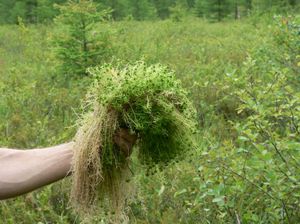 It grows only at the top. Its lower part is constantly dying off. The sphagnum is always moving towards the light, upward. And its lower dying part turns into peat. The top of the shoot is always green, and the part that is submerged in water looks slightly whitish. And even lower, the plant takes on a light brown color. Sphagnum moss (photo) looks great.
It grows only at the top. Its lower part is constantly dying off. The sphagnum is always moving towards the light, upward. And its lower dying part turns into peat. The top of the shoot is always green, and the part that is submerged in water looks slightly whitish. And even lower, the plant takes on a light brown color. Sphagnum moss (photo) looks great.
During the wet period of the year, it is able to absorb water up to 20 times its own weight. Translated from Greek, sphagnos is a sponge. Hence the name of the plant. It grows more often in the temperate zone and in the Northern Hemisphere, but it can also be found in the subtropics. You can find it in abundance in the raised bog. The bright green fluffy carpet in the photo is sphagnum moss.
Sphagnum properties
The plant has three important properties that make it indispensable in floriculture:
- Air permeability... Allows the soil to be kept moist without increasing its weight.
- Hygroscopicity... Humidification always occurs evenly and in the same metered and uniform manner, moisture is returned to the substrate. The earthen mixture will always be sufficiently moist, but not waterlogged.
- Antibacterial and disinfectant properties moss is even used in medicine. The substances contained in sphagnum prevent decay of the roots of indoor plants from rotting and other problems.
Application
Sphagnum is used as an earthen component for indoor plants. It can be added to soil to improve quality, make it loose, moist and nutritious.
Sphagnum moss is also used in a different capacity:
- to cover the soil;
- as a drainage for indoor plants;
- as a rug;
- for air humidification;
- for storing onions and root crops in winter;
- to protect plants from fungal diseases;
- for the manufacture of hanging baskets and supports for plants with aerial roots.
He is adored by indoor begonia, saintpaulia, dracaena, dieffenbachia, monstera, azalea, sansiveria, fat woman... It is used for home germination of seeds and further rooting of shoots. Violet leaves take root in it perfectly.
How to harvest moss?
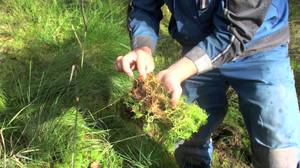 It is better to harvest it in autumn, but you can collect it at other times of the year. Sphagnum is removed very easily. But it is recommended to take only the upper parts, cutting them off with a knife or scissors.
It is better to harvest it in autumn, but you can collect it at other times of the year. Sphagnum is removed very easily. But it is recommended to take only the upper parts, cutting them off with a knife or scissors.
It is not collected in swampy places where it is very saturated with moisture. It is better to do this near trees.
You can collect sphagnum in the following ways:
- Removing a plant with roots.
- Cutting off its surface upper part.
The cut moss must be wrung out thoroughly to reduce weight. Brought home the plant needs to be poured with warm water for 40 minutes... This will rid it of insects and saturate it with moisture.
Store moss in unsealed plastic bags. This will allow him to breathe. In winter, you can store moss simply in the cold.
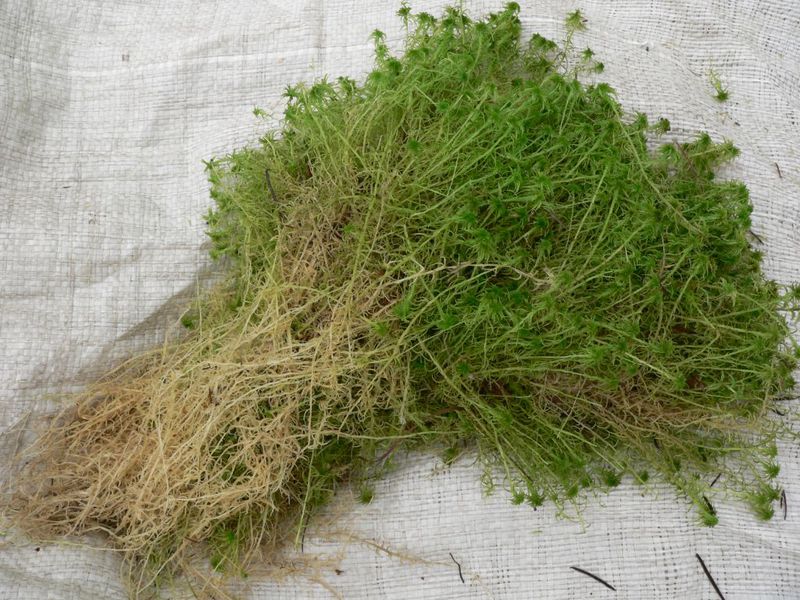
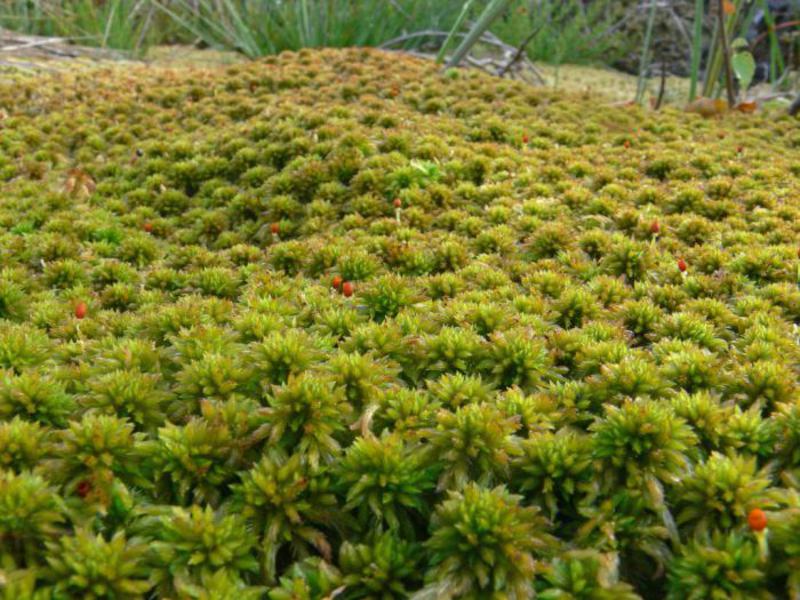
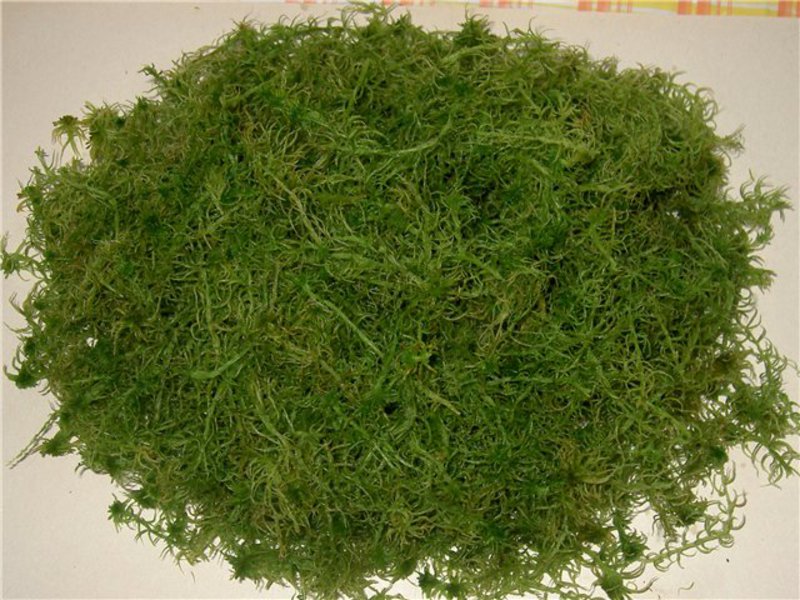
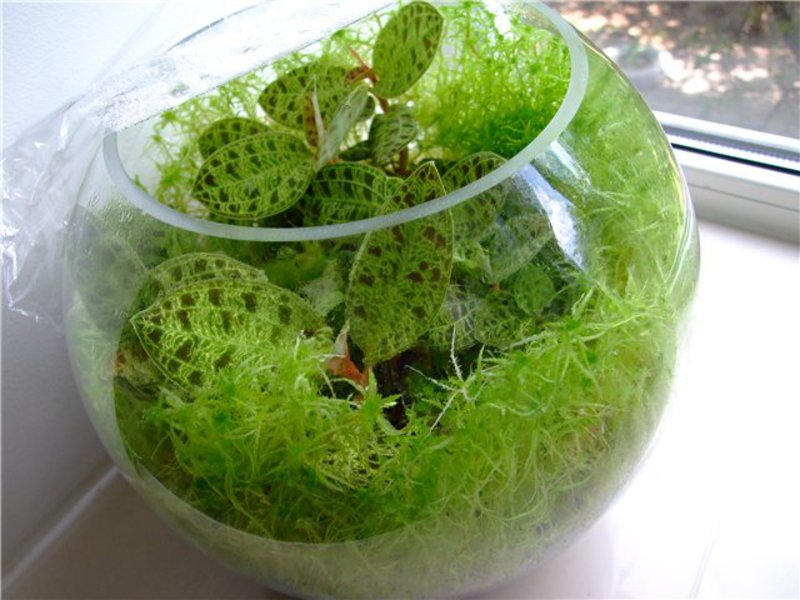
How to dry moss?
Dry it on hangers. This is the most optimal drying method. Sphagnum hanging on hangers perfectly blown and retains its elasticity. Hangers are made from small tree trunks. They are placed under a canopy to protect the moss from bad weather.
Sphagnum moss in medicine
The chemical composition of sphagnum is a number of substances useful for the human body. The plant is a natural antibiotic from the phenol group.
Its property of absorbing a large volume of liquid is used as natural cotton wool. Sphagnum moss is still capable of disinfecting wounds... It is used to treat purulent wounds, burns and frostbite.
On the basis of this plant, highly effective filters for water purification are made.
You can safely drink water from a sphagnum bog. It has a slightly dark color because it is infused with peat. But there are no pathogens in it.
Sphagnum moss - assistant to flower growers
Indoor plant lovers know how good it is for flowers. It can be put on the ground of plants when saturated with water. The soil in the pot will remain moist for a long period of time.
Use it and for germinating seeds of indoor plants... And for dense rooting of cuttings, cut plant stems are poured into the soil.
Gardeners use this plant to store tubers of various horticultural crops. To do this, they are freed from the ground and wrapped in wet pieces of sphagnum. The lumps are placed in a cardboard box and left in a cool and dark place. The tubers will stay fresh and intact until next planting.
Important! It is not recommended to use peat from sphagnum bogs in the garden. It will greatly acidify the soil, and this is contraindicated for many garden cultures.
